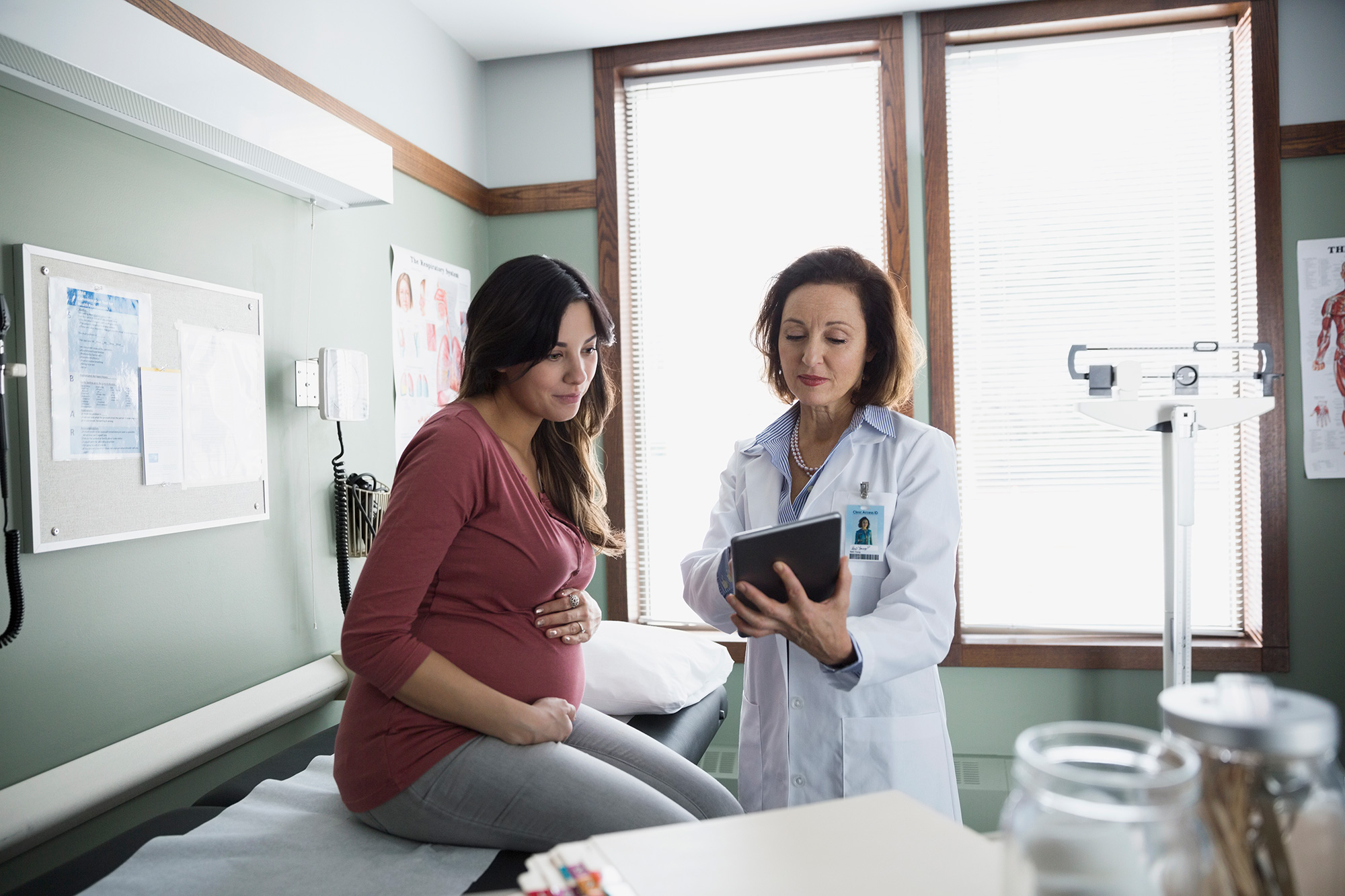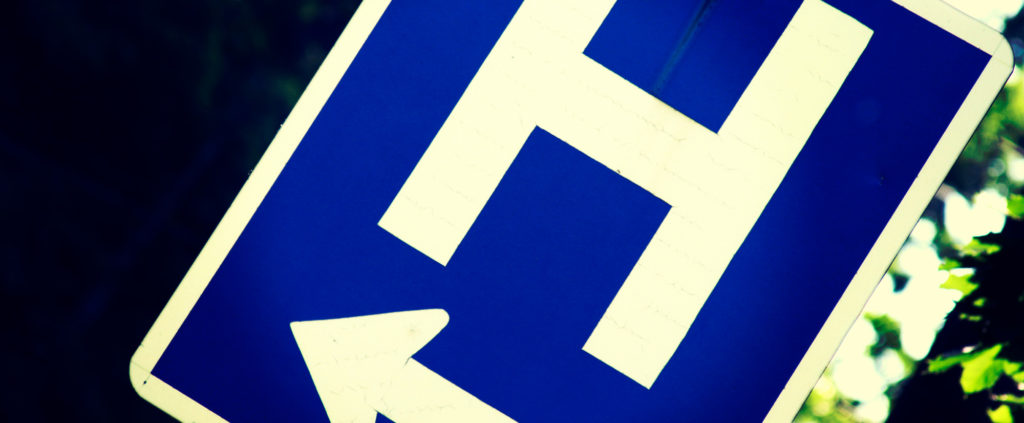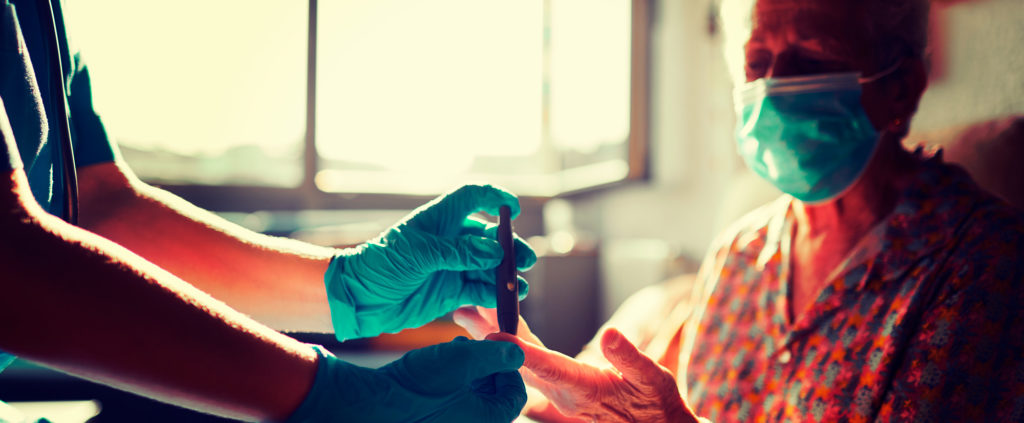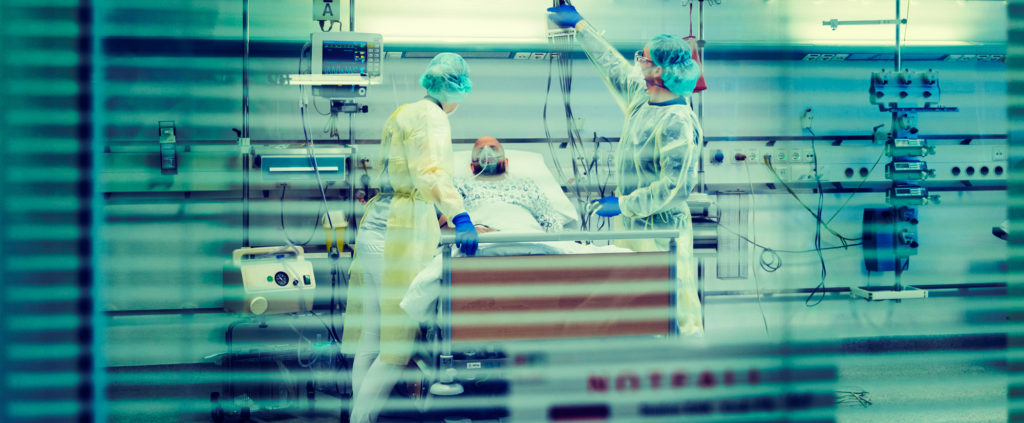Actions
Type
Topic
- Community Investment
- Economic Impact
Tags
Each year, the Missouri Hospital Association publishes a Community Investment Report that provides an account of the significant value provided by the state’s hospitals.
The data for this report are from 2019, predating the COVID-19 pandemic that consumed our attention and health care system in 2020. Although Missourians experienced the importance of their community hospitals viscerally throughout 2020, this report demonstrates that the state’s hospitals are essential institutions, contributing to individual and communitywide health every year.
When Missourians think of hospitals, they likely consider their value in a health emergency or in providing treatment for an acute or chronic health condition. However, hospitals’ growing emphasis on community and population health improvement demonstrates their commitment to keeping Missourians active, healthy and productive. At the same time, hospitals’ investments in workforce, infrastructure and the latest technology provide an economic engine in local, regional and state economics.
The hospital workforce is essential to both delivery of care and local, regional and statewide economics. Hospitals’ investments support today’s workers and are essential to building and sustaining the workforce of the future. This includes providing space and support for physicians’ residency training and engaging with Missouri’s colleges and universities to strengthen opportunities in health professions. In its 2020 Workforce Report, the Missouri Economic Research Information Center identified skilled patient-care workers as the state’s most important worker shortage.
All Missourians want hospital care available when they need it. The foundation provided by hospitals — for health, and for our economic health — is essential every day. This Community Investment Report is designed to help Missourians understand how their local hospital — and hospitals throughout the state — contribute to stronger, healthier communities.
Snapshot
A printable snapshot of the 2021 Community Investment Report also is available.
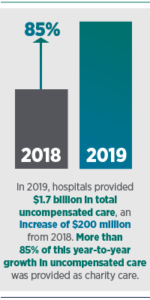
All hospitals provide community benefits. Many of these benefits reflect the core values of the communities they serve. Among the most basic is the safety net provided by hospitals to those who cannot access or afford care elsewhere. Many low-income Missourians are eligible for charity care under hospitals’ financial need policies. And, hospitals absorb significant bad debt when individuals cannot pay for their care. Charity care and bad debt constitute hospitals’ uncompensated care.
Providing care to those who cannot afford it only is one aspect of how hospitals provide community benefit. Hospitals also absorb the unpaid costs of treating beneficiaries of Medicare and Medicaid, helping educate and train the health care workforce, offering free clinic services, and donating to local causes.
In 2019, hospitals provided $1.7 billion in total uncompensated care, an increase of $200 million from 2018. More than 85% of this year-to-year growth, approximately 17%, was provided as charity care. In 2019, hospitals’ bad debt increased by nearly $34 million.
When combined with the other benefits Missouri hospitals delivered to their communities, hospitals’ total community benefit was more than $3.4 billion in 2019.

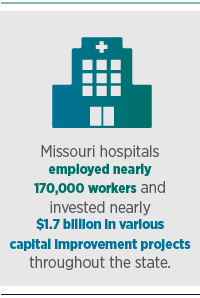
Hospitals provide a significant financial boost to the communities they serve. Despite challenging financial times, hospitals continue to hire employees and invest in their physical plants. These investments underpin the economy of cities, small and large, providing support for families and businesses throughout the state.
In 2019, Missouri hospitals employed nearly 170,000 workers and invested nearly $1.7 billion in various capital improvement projects throughout the state. These community investments help strengthen the health care system. They also ripple throughout the economy, creating household income, opportunities to build businesses, and revenue for state and local government.

All hospitals’ community investments improve individual health and the health of the communities they serve. In many communities, hospitals are the largest employer. In rural Missouri, hospitals typically provide the majority of health assets — from hospital-based care and clinics to primary care and public health support. The totals for participating hospitals in 2019 indicate that all hospitals — regardless of geographic setting — contribute significant community benefit.
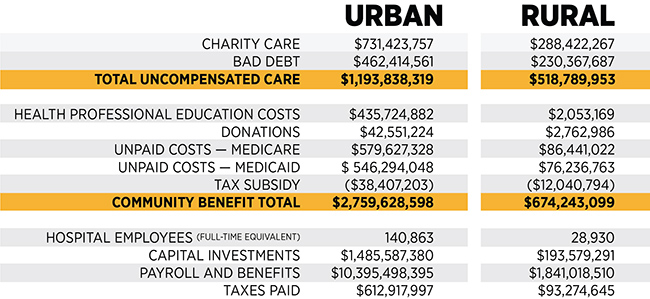
In 2020 and into 2021, hospitals’ ability to reach into their communities to improve health diminished. Due to the COVID-19 pandemic, hospitals suspended nonemergent care for several months, and often had to cancel in-person community-focused activities and delay some wellness-focused care.
Throughout the COVID-19 pandemic, hospitals have retooled to serve communities. Hospitals significantly expanded their telemedicine capabilities, provided COVID-19 testing, innovated to bring the best care available to the bedside for COVID-19 patients and now are a significant part of vaccination efforts. It is too early to know how this will influence community benefit reporting in the coming years; however, Missourians have a much better understanding of the value of having strong hospitals locally.
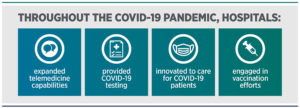
Hospitals will continue to serve an important role post-pandemic. Early data on delayed care from the spring of 2020 indicate that missed screenings and preventive care may affect health in the coming decade. Moreover, there is great uncertainty about the needs of so-called “COVID long-haulers,” who may experience lifelong related health challenges.
Missouri’s hospitals will continue to serve a vital role in maintaining and improving health. They will continue to serve as a beacon in times of crisis, and act as a safety net for those without access.
COVID-19 reminds us that strong communities need strong hospitals.
 |
 |
 |
 |
 |
 |
 |
 |
 |
 |
Access hospital-specific data at www.FocusOnHospitals.com.


